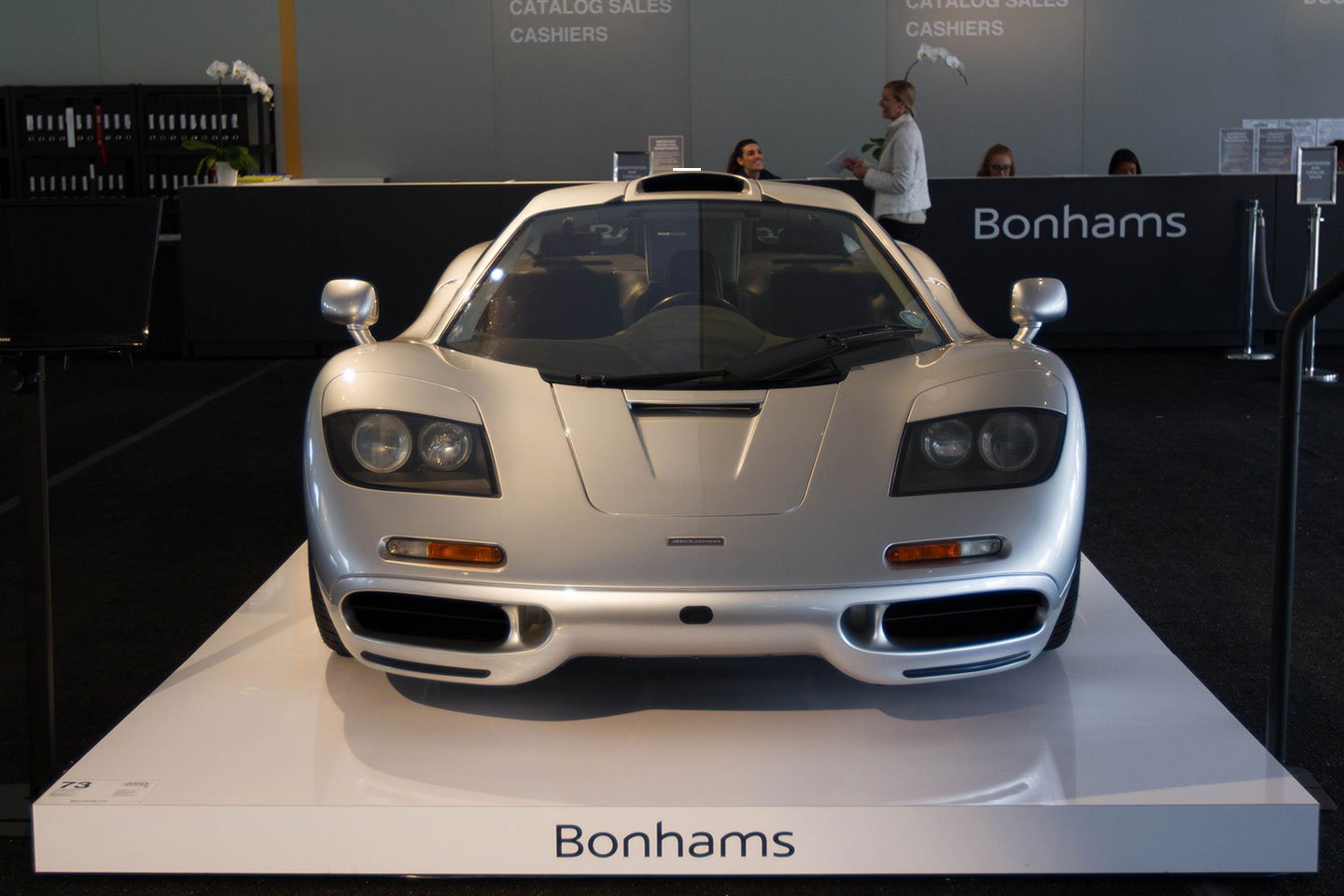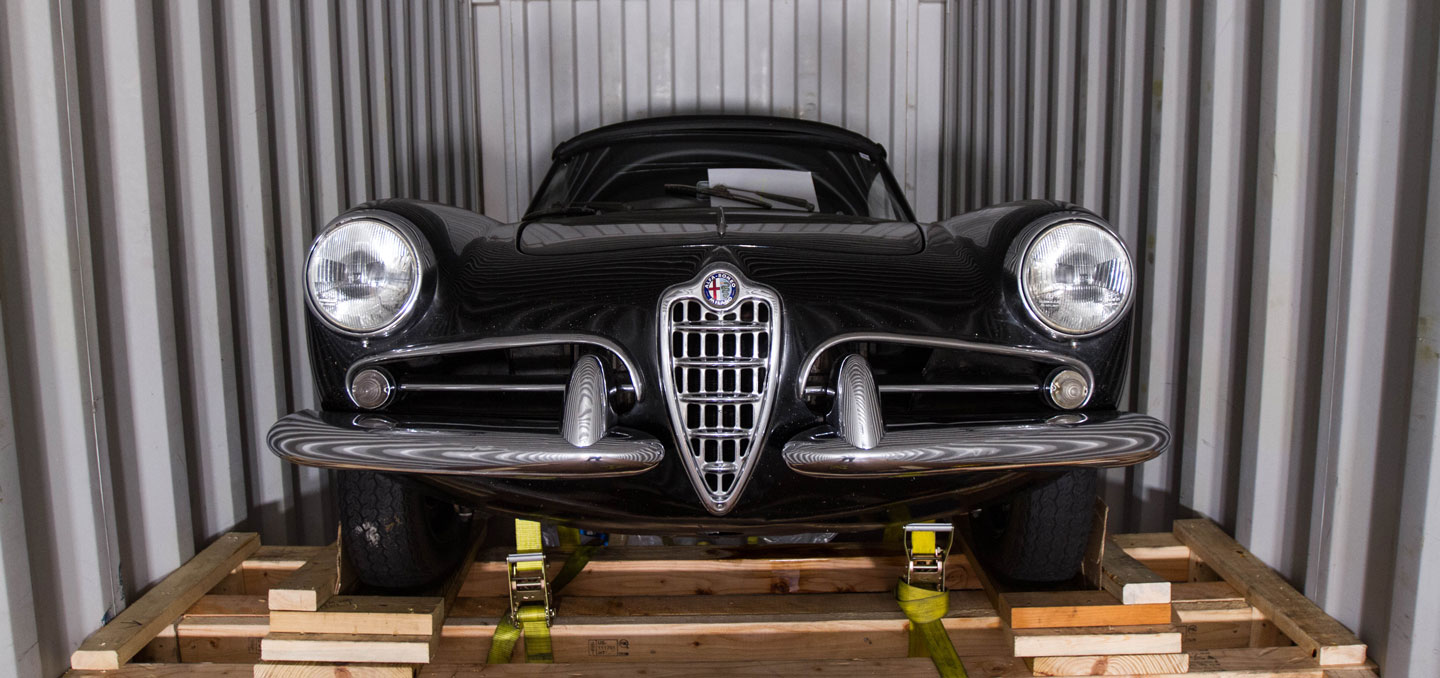Right-Hand Drive Imports: US Legalization & Registration Guide
Right-hand-drive (RHD) icons—from Nissan Skyline GT-Rs to Land Rover Defenders—are no longer exotic sights at American cars & coffee meets. Thanks to evolving federal exemptions and a passionate enthusiast base, more RHD vehicles land on U.S. shores every year. Yet clearing U.S. Customs and securing valid tags still trips up newcomers.
1. Why Right-Hand Drive Still Turns Heads in 2025
-
Unique Model Lines – JDM legends and Euro-market diesels never sold stateside.
-
Collector Value – Limited-run homologation specials appreciate rapidly once eligible.
-
Adventure Builds – Camper conversions and overland Defenders start life RHD.
Before you fall for a foreign listing, confirm the vehicle’s path to legal U.S. status. Our classic car exemption guide explains the broad framework, but RHD raises extra questions addressed below.
2. Federal Rules: NHTSA, EPA, and the 25-Year Benchmark
2.5% Duty + Reciprocal Tariff
All passenger cars incur a 2.5 percent base duty at entry, plus any reciprocal tariff (currently 10 percent for most countries). Trucks face the 25 percent “Chicken Tax” covered in our What Is The “Chicken Tax”?.
25-Year Safety & Emissions Exemption
Vehicles 25 years old or more (to the month of manufacture) may enter under DOT code “Box 1” and EPA code “Box E,” skipping modern crash and emissions standards. This exemption is the easiest route for RHD imports.
Show & Display for Sub-25-Year Collectibles
Rare “historical or technological significance” models under 25 years may qualify for the 2,500-mile limited-use Show & Display program. Learn paperwork basics in our U.S. Show & Display overview.
Registered Importer (RI) Conversion
If your dream RHD car is under 25 years and fails Show & Display criteria, an RI must retrofit it to U.S. standards—often $15,000–$30,000 and several months of lab tests. Most buyers skip this path unless the model’s value justifies the cost.
3. Picking the Right Candidate Overseas
| Age | Path | Red Flags |
|---|---|---|
| 25+ years | Direct classic exemption | Rust, flood damage, missing emissions label |
| 21–24 years | Show & Display potential | Must meet NHTSA’s rarity list |
| < 21 years | RI conversion only | Airbags, crash beams, OBD compatibility |
Tip: Confirm build month, not just model year, before bidding at auction. A March 2000 Skyline becomes eligible in March 2025.
4. Purchase & Pre-Export Checklist
-
Verify title chain – Export certificates must match chassis number.
-
Hire a condition inspector – Dings and corrosion sink resale value later.
-
Secure lien-free ownership – Banks rarely finance overseas purchases; plan cash or escrow.
-
Gather documents – Invoice, export certificate, English translation, and bill of lading templates found in our documents guide.
5. Choosing Your Shipping Mode
| Mode | Transit | Cost Range (USD) | Best For |
|---|---|---|---|
| Shared 40-ft Container | 25–35 days | 3,500–5,200 | Budget imports, two cars, extra parts |
| Dedicated 20-ft Container | 20–30 days | 5,200–6,800 | High-value classics, flexible sail date |
| Roll-On/Roll-Off (RoRo) | 18–28 days | 3,000–4,200 | Running vehicles, minimal extras |
| Air Freight | 5–9 days | 11,000–18,000 | Urgent concours deadlines |
6. Port-to-Port: West Coast Shipping’s Workflow
-
Inland pickup – Enclosed trucks from sellers or auction yards to our California, Florida, or New Jersey facilities.
-
Condition photos & VIN audit – Stored in your online portal for dispute protection.
-
Container loading – Soft-strap tie-downs; custom wheel cradles for low ride heights.
-
Export filing – AES ITN, title validation, and hazmat sign-off (batteries, airbags).
-
Ocean transit – Weekly sailings to East or West Coast U.S. ports.
-
Customs clearance – Duty calculation, age exemption codes, and EPA/DOT forms handled in-house.
-
Final delivery – Drayage to your driveway or storage warehouse.
Our auction-to-door guide illustrates the same milestone-based system.
7. U.S. Landing: Customs, DOT, and EPA Documents
Key Forms
-
HS-7 Declaration – Check “Box 1” for 25-year-old vehicles; “Box 10” for Show & Display.
-
EPA Form 3520-1 – Check “Code E” classic exemption or “Code D” Show & Display.
-
Customs Entry 7501 – Lists 2.5 percent duty + reciprocal tariff (10 percent for most origins).
ISF (10+2) Security Filing
Must be lodged 72 hours pre-sailing. West Coast Shipping files automatically once your container is booked.
Duty Payment
We settle electronically via ACH; you receive a receipt for your title office.
8. State Registration: 50 Sets of Rules
| State | Key Hurdle | Typical Work-Around |
|---|---|---|
| California | CARB emissions & smog | Register in non-CARB county first or obtain diesel exemption |
| Florida | Odometer disclosure form | Provide bilingual translation if kilometers |
| Texas | Safety inspection with tinted windows | Apply for classic plates to waive some inspections |
| New York | Title must show weight | Obtain certified scale ticket at inspection |
Always bring: customs release, stamped HS-7, bill of sale, title, and translation.
9. Cost Breakdown Example – 1995 Nissan Skyline R33 GT-R
| Cost Component | USD |
|---|---|
| Vehicle purchase (FOB Osaka) | 45,000 |
| Inland trucking to Kobe port | 350 |
| Shared container ocean freight Kobe → Oakland | 3,850 |
| Port fees & docs | 580 |
| 2.5% duty | 1,137 |
| 10% reciprocal tariff | 4,550 |
| Inland delivery to Denver | 1,200 |
| Total Landed Cost | 56,667 |
10. Five Cost-Saving Tactics for RHD Fanatics
-
Ship with a friend – Two cars in one 40-ft container cut per-unit port fees 30 percent.
-
Avoid peak sailings – Fall and winter departures beat summer premiums by 15 percent.
-
Bundle spare parts – Engines or body panels ship duty-free when listed as used repair parts.
-
Choose a non-CARB state – Register first in Nevada or Arizona, then transfer to California.
-
Target weak-yen periods – Currency swings shave thousands off purchase price.
11. Frequently Asked Questions
Is right-hand drive itself illegal in the U.S.?
No. Vehicle controls can be on either side; legality hinges on safety and emissions compliance.
Do I need to convert headlights?
Yes, if beam pattern dazzles oncoming traffic. Many JDM models offer switchable projectors; otherwise install DOT-approved lenses.
Can I replace the speedometer with an MPH unit?
Not federally required, but some states demand MPH-dominant gauges. Electronic dash clusters often reprogram easily.
Are kei trucks exempt at 25 years?
Yes, but be aware of state-specific road-use restrictions due to low speed ratings.
How long does customs clearance take?
Most classic imports clear within 48–72 hours when paperwork is correct—West Coast Shipping pre-files to hit that window.
12. Why Enthusiasts Choose West Coast Shipping
-
Three U.S. warehouses near major ports for flexible routing.
-
Weekly consolidations from Japan, UK, Australia, and New Zealand.
-
Compliance expertise in classic exemptions, Show & Display, and RI pathways.
-
Photo-verified chain-of-custody stored in your personal portal.
-
Transparent pricing—no surprise fees, ever.
Explore Asian routes at our Japan shipping hub and European lanes on the Ship Cars to Europe page.
Get Your Right-Hand Drive Import Quote Now
Dreaming of a Skyline GT-R, Defender 110, or JDM kei truck? Click below for a transparent, all-inclusive quote—then let West Coast Shipping deliver your RHD legend from foreign auction to U.S. driveway.
You May Also Like
These Related Stories

Car Import for Show & Display: How It Works & Which Cars Are Eligible
.jpg)
Can Low Production Cars Be Imported Under the Show & Display Law?

-093789-edited.png?width=220&height=79&name=wcs_final_logo_(1)-093789-edited.png)
